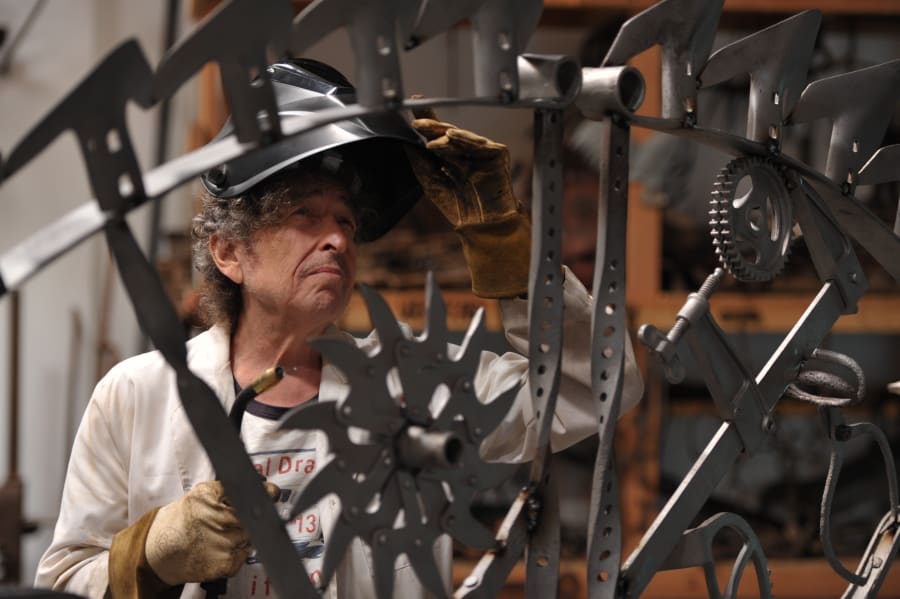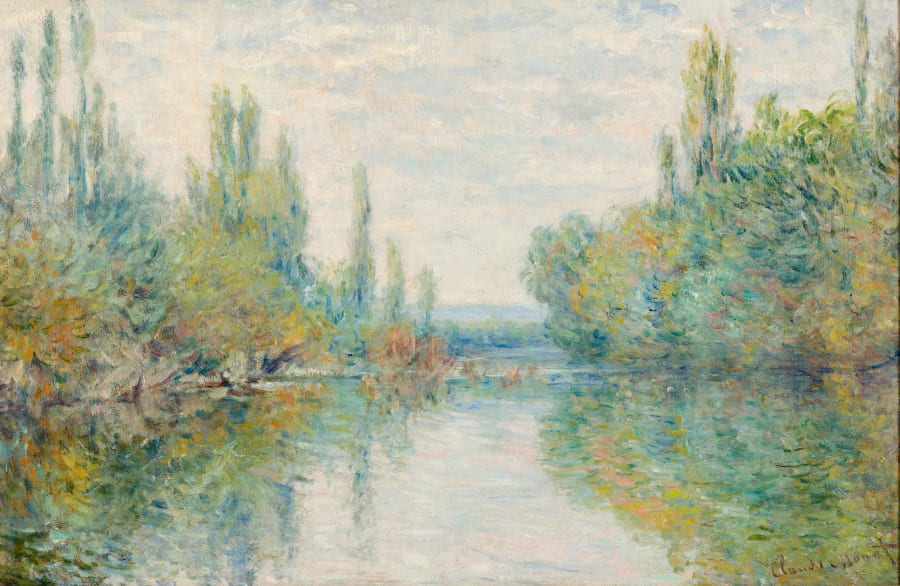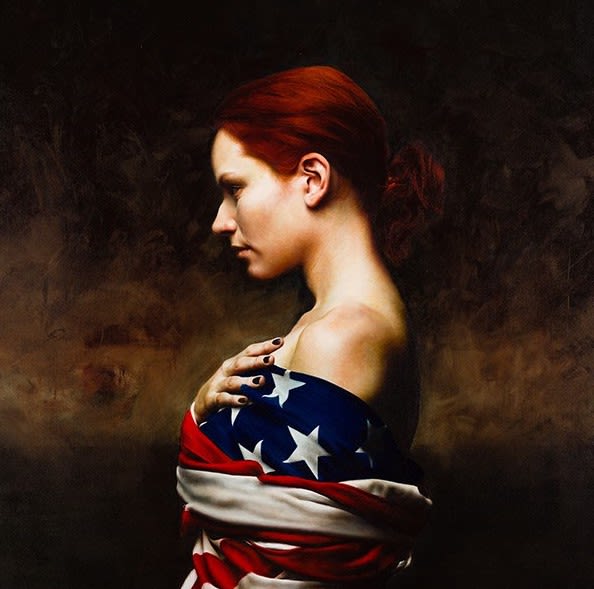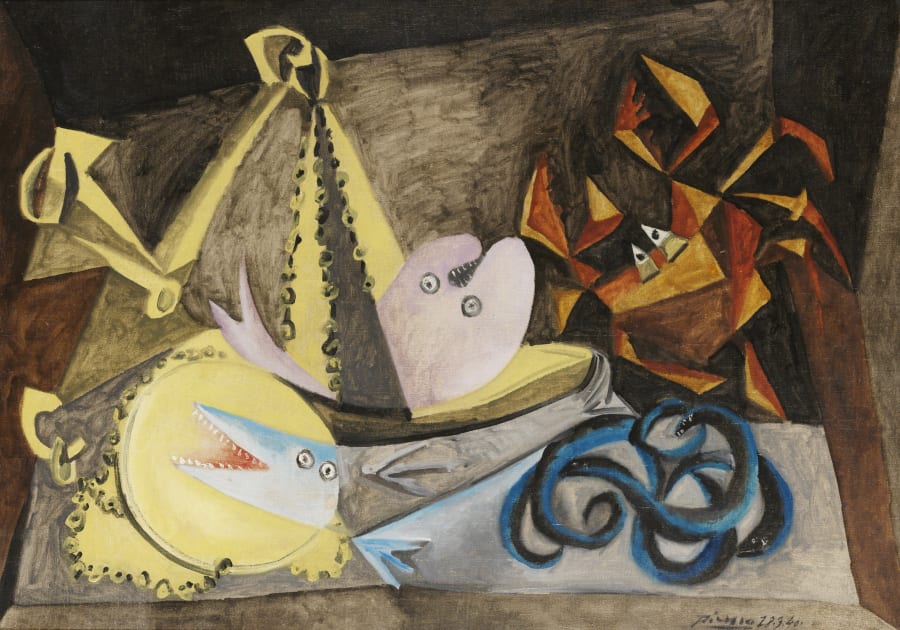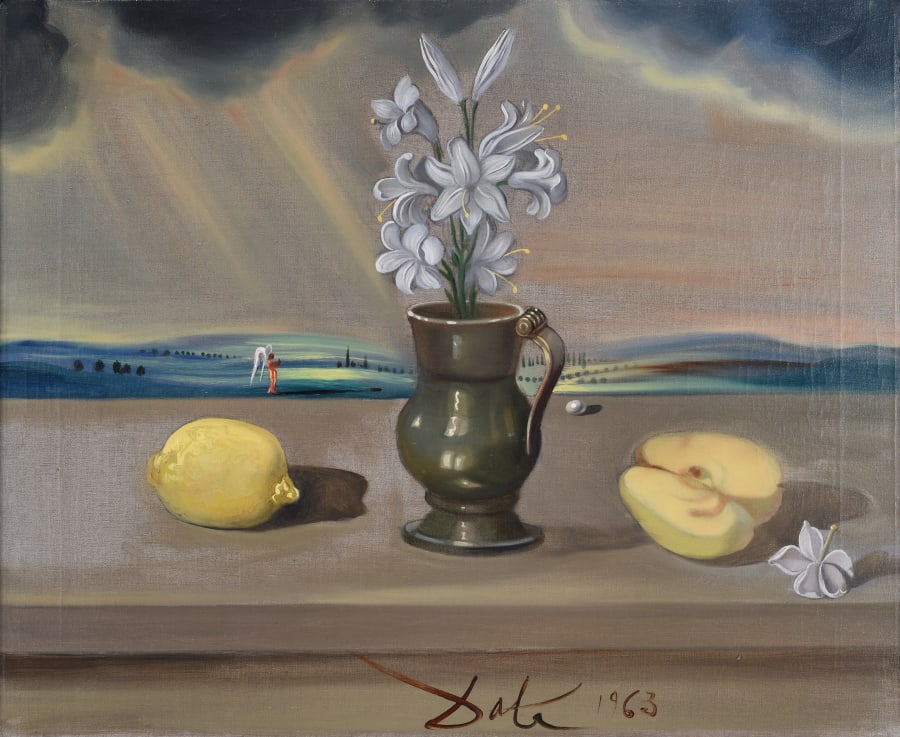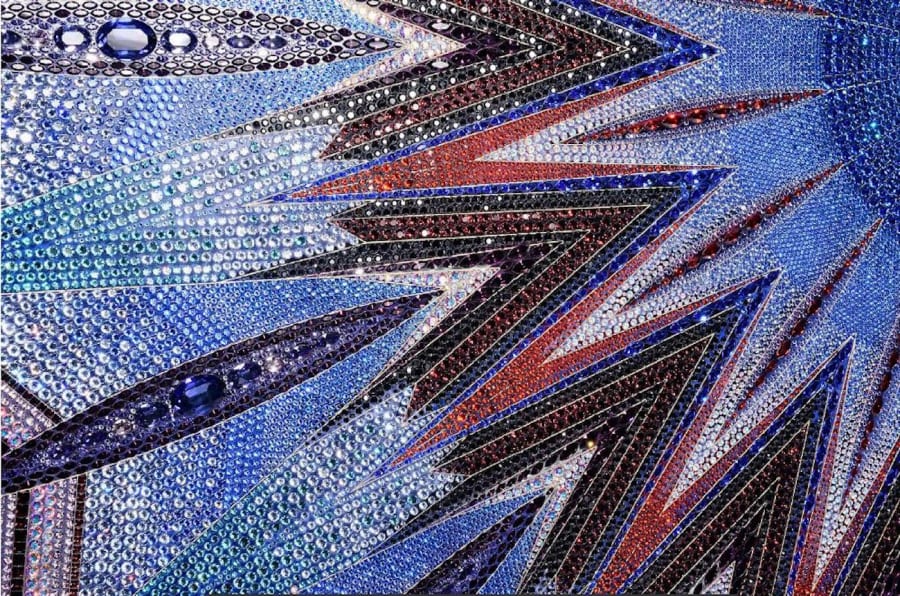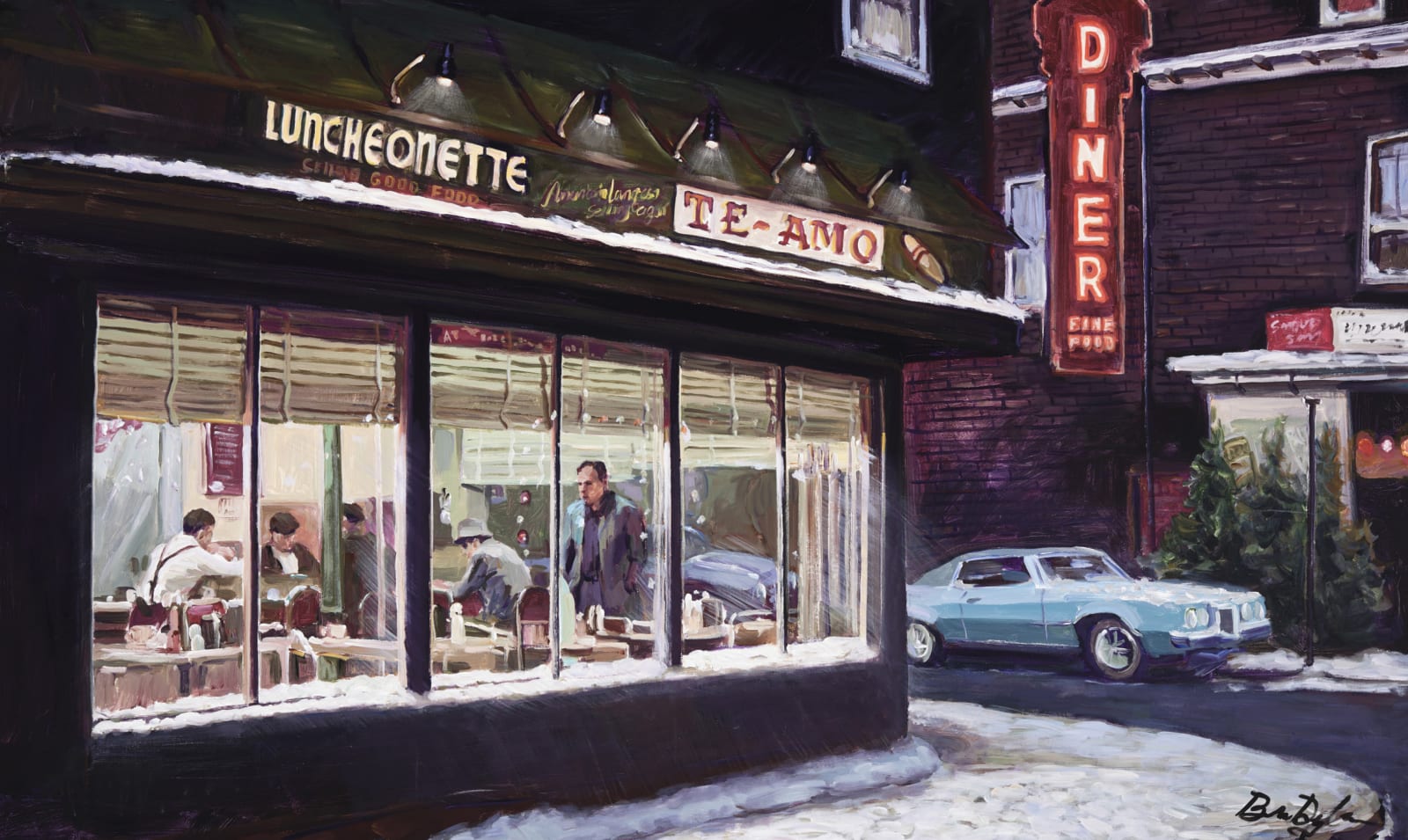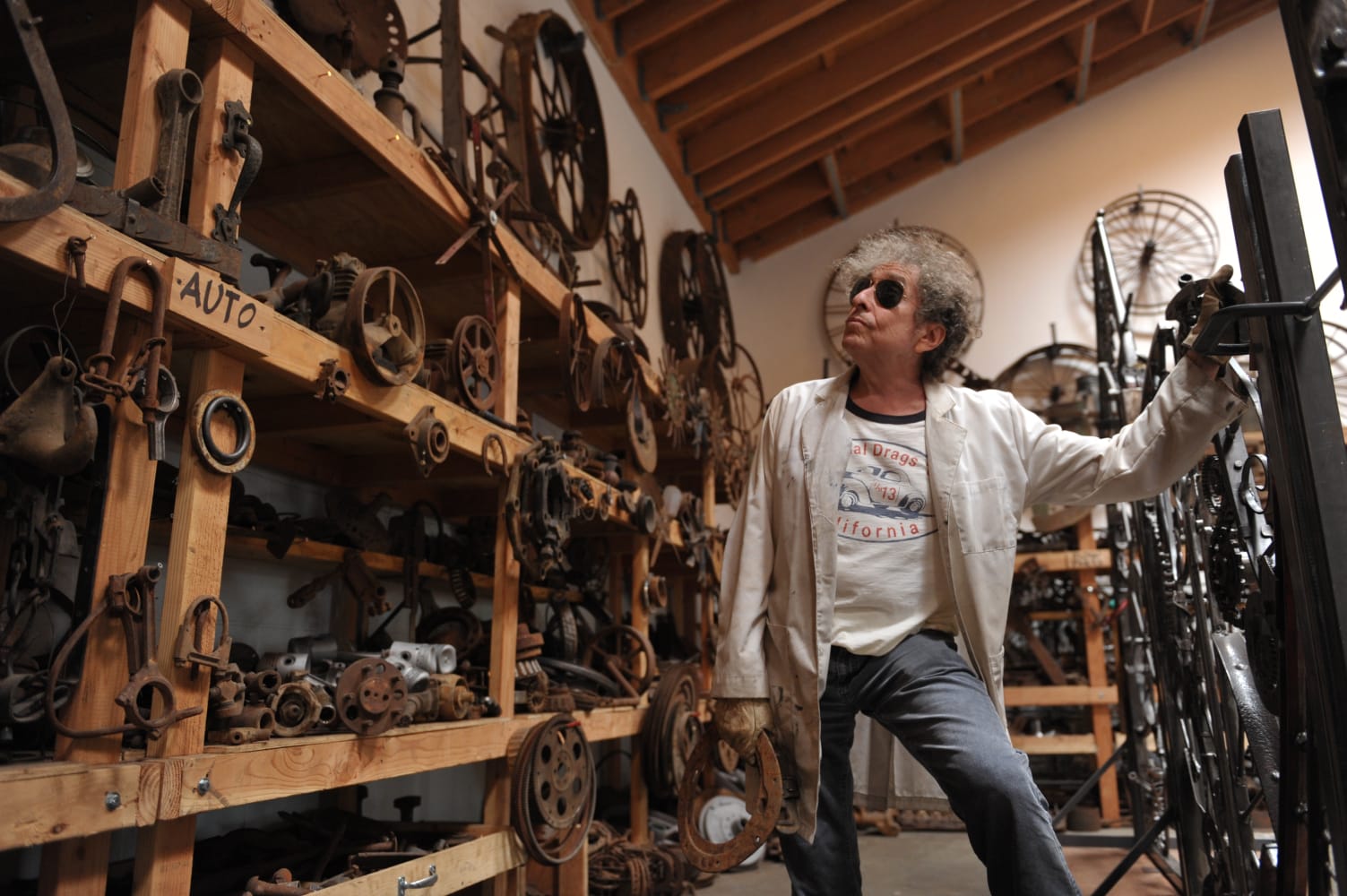Camille Pissarro
French, 1830-1903
A senior figure of the Impressionist movement, Pissarro was significant for his mentoring of younger artists - Paul Cézanne, Paul Gauguin, Claude Monet and Pierre-Auguste Renoir - as well as for his development of Impressionist techniques and his idyllic paintings of rural life.
Camille Pissarro was born on 10 July 1830 in St Thomas in the Danish West Indies (now the U.S. Virgin Islands), the son of a successful Jewish merchant and a Creole mother. At the age of 12 he was sent to boarding school in Paris, returning home five years later to help his father run his shop. Sketching local scenes and islanders in his spare time, Pissarro hoped to pursue art as a career, but, unable to gain his father's support, he left for Venezuela and spent two years in Caracas with the Danish painter Fritz Melbye. By 1855 he had convinced his parents to allow him to train as an artist in Paris, where he studied at the École des Beaux-Arts, the Académie Suisse and with individual artists, among them Camille Corot, Gustave Courbet and Charles-François Daubigny. Through this education Pissarro met Cézanne, Monet and Renoir.
Pissarro's earliest paintings are of figures and landscapes, and they already reveal the detailed observation of nature that would characterise his output. His canvases depicting the area around Paris gained him admission to the Salon in 1859. However, by 1861 the Salon was rejecting his work, and in 1863 he exhibited at the Salon des Refusés. The academic Salon continued to refuse to exhibit avant-garde art, and in 1867 Pissarro and Monet founded the alternative Anonymous Society of Artists, Painters, Sculptors and Engravers.
In the early 1860s Pissarro began a relationship with Julie Vellay, a maid in his mother's household, whom he married in 1871. They had eight children; six survived childhood and two - Lucien and Georges - became successful artists. Pissarro moved to Pontoise in 1866, then to Louveciennes in 1869. During the Franco-Prussian War he, like Monet, fled to London. There they saw works by J. M. W. Turner and John Constable which influenced them greatly in the development of the Impressionist style. Painting on the outskirts of London, Pissarro produced a range of views of Sydenham and the Norwoods. During this period he met the art dealer Paul Durand-Ruel, who would organise exhibitions for him in Paris (1883) and New York (1886).
After the war Pissarro returned to France, where he found that soldiers had destroyed most of the paintings left in his home at Louveciennes. Settling in Pontoise in 1872, he was joined by Cézanne, and the two artists worked together fruitfully for two years. Painting principally out-of-doors, they perfected the Impressionist technique of short strokes of broken colour, painting countryside scenes of fields, haystacks, river valleys and peasants. Cézanne would later say, 'As to old Pissarro, he was a father to me' (1902).
A group of 30 Impressionist artists hosted their own Salon from 15 April to 15 May 1874 in the first of eight independent Impressionist exhibitions; Pissarro was the only artist to exhibit in all eight. It was at this first show that the term 'Impressionists' was coined. Louis Leroy, a writer for Le Charivari, sardonically wrote of Monet's Impression: Sunrise: 'Impression, I knew it! I also said to myself, since I'm impressed, there must be some impression in that. And what freedom, what technical ease! Wallpaper in its embryonic state is more finished than this seascape.'
From 1885, discontented with his style and technique, Pissarro explored pointillism, with its tiny dots of juxtaposed colour. Attracted by the Neo-Impressionist theories of Georges Seurat, he painted in this systematic 'divisionist' style for about five years, despite its unpopularity amongst art dealers and critics, and with little regard to his family's poverty when his canvases were not selling. But ultimately he decided 'it was impossible to be true to [his] sensations and consequently to render life and movement', and he returned to the Impressionist style for a productive final decade.
In 1892 a large-scale retrospective of his work was hosted by Durand-Ruel in Paris, which put him on a better financial footing. In the 1890s Pissarro was beset by an eye infection that prevented him from working out-of-doors for long periods. However, he was able to paint a series of images of Paris streets. Like Monet, he recorded them in different lights and weather conditions. Another series of canvases shows the varying moods of nature by the river in Rouen.
Pissarro died in Paris on 13 November 1903.

